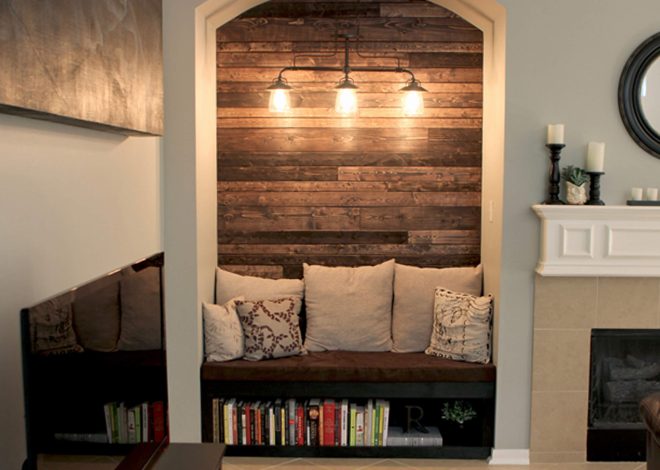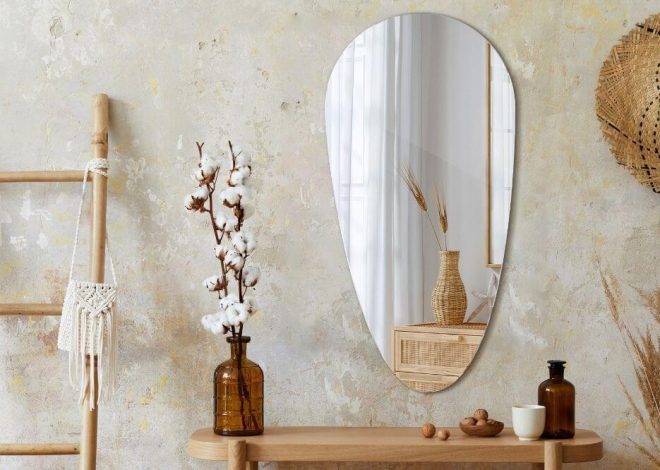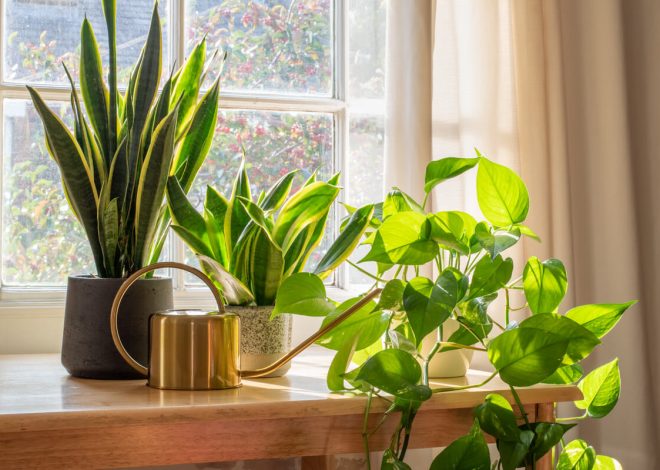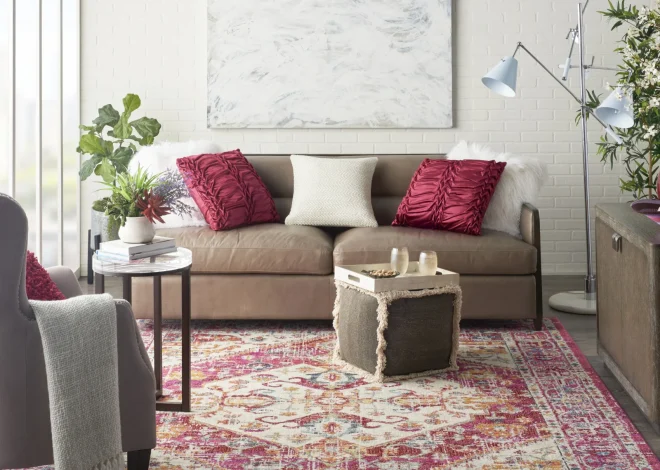How to Select the Perfect Wall Art Size

Looking to elevate your home decor with a unique piece of art? While you may already have a sense of your style and budget, it’s crucial not to overlook the importance of the right size and shape. The dimensions and orientation of a work of art can completely change the ambiance of a room. A piece in the wrong size can seem out of place, whereas the right one can anchor the space beautifully. If you’re unsure where to begin, check out these five essential tips to find the ideal fit for your wall.
1. Size
When choosing art size, aim to cover about two-thirds to three-fourths of your wall space. For a piece above furniture, such as a sofa or bed, use the same ratio: select a piece about two-thirds to three-fourths the width of the furniture. For example, if your bed’s headboard is 60 inches wide, consider a piece around 40 to 45 inches wide.
If in doubt, choose larger: Opting for a slightly bigger piece can often be safer. A small artwork on a large wall may feel disconnected and lost in the space. On the other hand, a larger artwork will stand out and act as a focal point, uniting the room’s elements like furniture and lamps.
Don’t forget the frame—if you’re purchasing unframed art, remember that the addition of a frame or matting will increase the overall size.
2. Orientation
Consider the shape of your wall when deciding on the artwork’s orientation. For narrow, vertical spaces, such as between windows, a portrait orientation can help create a sense of height. If you’re working with a large, open wall, such as one behind a dining table, choose a landscape orientation to fill the space horizontally.
3. Placement
In galleries, artwork is typically hung with its center around 56 to 60 inches from the floor, at eye level. This serves as a useful guideline for hanging art on empty walls.
If the artwork is being placed above a piece of furniture like a sofa or headboard, leave a gap of about 4 to 12 inches between the top of the furniture and the bottom of the artwork. This spacing ensures the piece remains integrated with the furniture while still having room to breathe. The same rule applies for art above a dining table or other major furniture.
4. Salon Wall
If your budget doesn’t allow for a large piece, or if you love several smaller works, consider creating a salon wall by grouping multiple pieces together. You can create a grid with similar-sized pieces or form a more eclectic arrangement of various sizes. When hanging multiple works, place larger pieces about 2 to 3 inches apart and smaller ones about 1.5 to 2 inches apart.
Think of the group as one cohesive unit: position the center of the arrangement at eye level. If it’s placed above furniture, leave a gap of 4 to 12 inches at the bottom of the cluster.
5. Visualize
Before making your final decision, visualize how the art will look in your space using the Saatchi App. The app allows you to virtually place the artwork in your room with its ‘View in Your Room’ feature. [Learn more here!](https://www.saatchiart.com/stories/ios-app-augmented-reality/)













